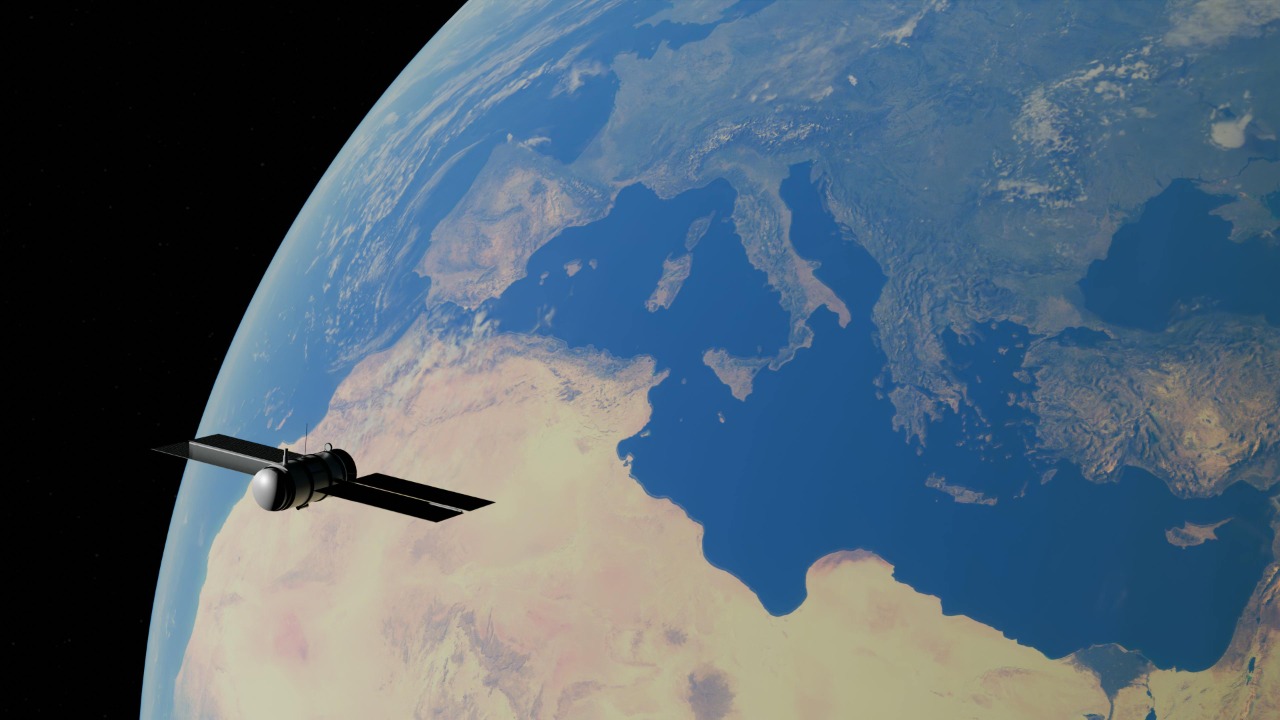
Space exploration is no longer confined to the vast expanse of the cosmos. NASA engineers are revolutionizing the way astronauts train for space missions, bringing the extraterrestrial experience right into our backyards. Through innovative and cost-effective methods, they are simulating conditions like isolation, low gravity, and harsh terrains on Earth, making advanced space preparation accessible and affordable.
The Rise of Analog Missions
Since the early 2000s, NASA has been developing analog missions to simulate long-duration space travel. These missions use isolated Earth sites as stand-ins for Mars or the Moon, providing a realistic environment for astronauts to train. One such example is the HI-SEAS habitat in Hawaii, where crews live in simulated Martian conditions for months. This allows NASA to test the psychological and operational resilience of the astronauts under conditions similar to those they would encounter on a real mission.
These analog missions are not only effective but also economical. Compared to the billions of dollars required for actual spaceflights, these simulations often cost under $1 million per mission. This cost-effectiveness is a significant advantage, especially considering the increasing frequency and complexity of space missions in recent years.
Simulating Isolation and Confinement
NASA’s innovative approach extends to simulating the isolation and confinement experienced in space. The agency uses underwater labs like NEEMO, where aquanauts spend weeks in the Aquarius habitat off Florida’s coast. This setup mimics the isolation of a space station, providing valuable data on crew dynamics, stress, and teamwork in a controlled environment.
These simulations are not just academic exercises; they have real-world applications. For instance, they are instrumental in preparing for the Artemis program missions. NASA has even incorporated low-cost adaptations like recycled materials for habitat construction, further reducing the cost of these simulations.
Low-Gravity and Terrain Replication
Simulating low gravity and harsh terrains is another challenge that NASA has tackled head-on. The agency uses parabolic flights and drop towers to simulate microgravity. Programs like Zero-G even offer public access to these experiences for under $5,000 per session. Ground-based analogs using uneven terrains in places like the Mojave Desert replicate lunar or Martian walking, complete with dust and temperature extremes.
Recent tests have shown promising results. Reduced-gravity aircraft have achieved 20-30 seconds of weightlessness per maneuver, providing valuable data for validating suit designs and other equipment.
Technological Innovations on a Shoestring
NASA’s resourcefulness extends to the use of DIY-inspired tools. The agency has adapted 3D-printed rovers, testing them in backyard-like settings for planetary exploration practice. Virtual reality is another area where NASA has made significant strides. By integrating VR with physical analogs, the agency has been able to create hybrid simulations that cut costs by 70% compared to full-scale mockups.
NASA engineers have emphasized the use of open-source software for mission planning, sharing their work via public repositories. This approach not only reduces costs but also fosters collaboration and innovation in the field of space exploration.
Training the Next Generation of Astronauts
NASA’s innovative training methods are not just for current astronauts; they are also helping to train the next generation. Educational outreach programs allow students to participate in mini-analogs, such as building habitat models in schoolyards. These activities provide a hands-on way for students to learn the basics of space engineering.
These simulations also foster diversity and international collaboration. Recent cohorts have included civilians and international partners, preparing them for collaborative Mars missions. As commercial space ventures like SpaceX continue to grow, these backyard methods could provide scalable training solutions.
Challenges and Future Directions
Despite the many successes, Earth-based simulations do have their limitations. For instance, they cannot fully replicate radiation exposure in space. However, NASA is actively conducting research and development to bridge these gaps affordably.
The agency is also exploring expansions like international analogs in Antarctica. The extreme cold in these regions could be used to test survival gear for deep-space missions. Looking ahead, NASA’s fiscal year 2025 budget allocations prioritize these simulations, reflecting the agency’s commitment to sustaining exploration goals through innovative and cost-effective methods.
Through these efforts, NASA is bringing space exploration down to Earth, making it more accessible and affordable than ever before. The backyard is no longer just a place for barbecues and ball games; it’s the new frontier for space exploration.
More from MorningOverview